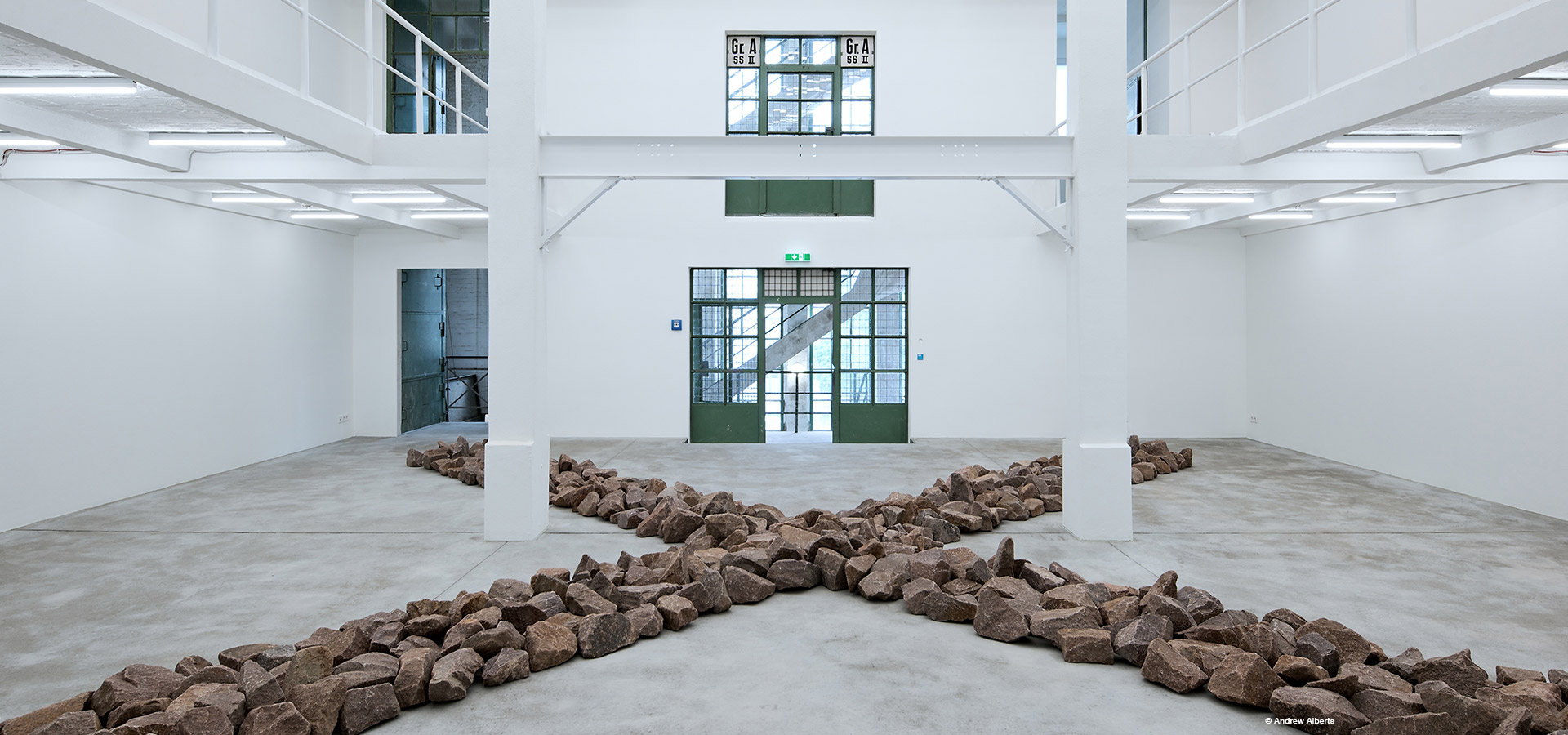

During his studies he dealt with the art of Cy Twombly, the group ZERO and Yves Klein, among others. In the group with Polke, Richter and Kuttner, Fischer played a spokesman due to the fact that through his friendship with Peter Brüning, who was ten years older than him, he had already got to know many actors from the Düsseldorf and international art scene.

In order to " avoid possible confusion with the frequency of the name Fischer", he took his mother's family name at the beginning of his studies: "I call myself Konrad Lueg as a painter". įrom 1958 to 1962 Fischer studied at the Düsseldorf Art Academy, first with Bruno Goller, from the winter semester 1960/61 together with Sigmar Polke, Gerhard Richter and Manfred Kuttner under Karl Otto Götz and from 1961 in the stage design class of Teo Otto. Towards the end of his school days, his parents allowed him to take private painting and drawing lessons. As a regular guest at the Bobby’s artists' pub in Düsseldorf's old town, he came into contact with artists as a teenager who increased his interest in art. After changing schools several times, Fischer left high school without a high school diploma. In the years after the Second World War, the family lived on one floor of a stately single-family house, the home of their mother's parents, on Lindemannstrasse in Düsseldorf- Düsseltal.
KONRAD FISCHER PROFESSIONAL
While Fischer's father, a director of the Mannesmann steel company, was often away for professional reasons, for example to build pipelines in Egypt and Libya, Fischer's childhood was shaped by his upper-class mother Ada - a granddaughter of Carl Lueg, a great-granddaughter of Wilhelm Lueg and a great-niece Heinrich Luegs - as well as the father's brother, Hans-Georg Fischer, who also lives in the household, called "the uncle" for short. His two sisters Almut and Erika were born in 19, respectively. Fischer was the first child of Helmuth Fischer (1914–1978) and his wife Ada Fischer, b.


 0 kommentar(er)
0 kommentar(er)
